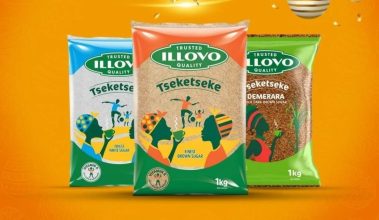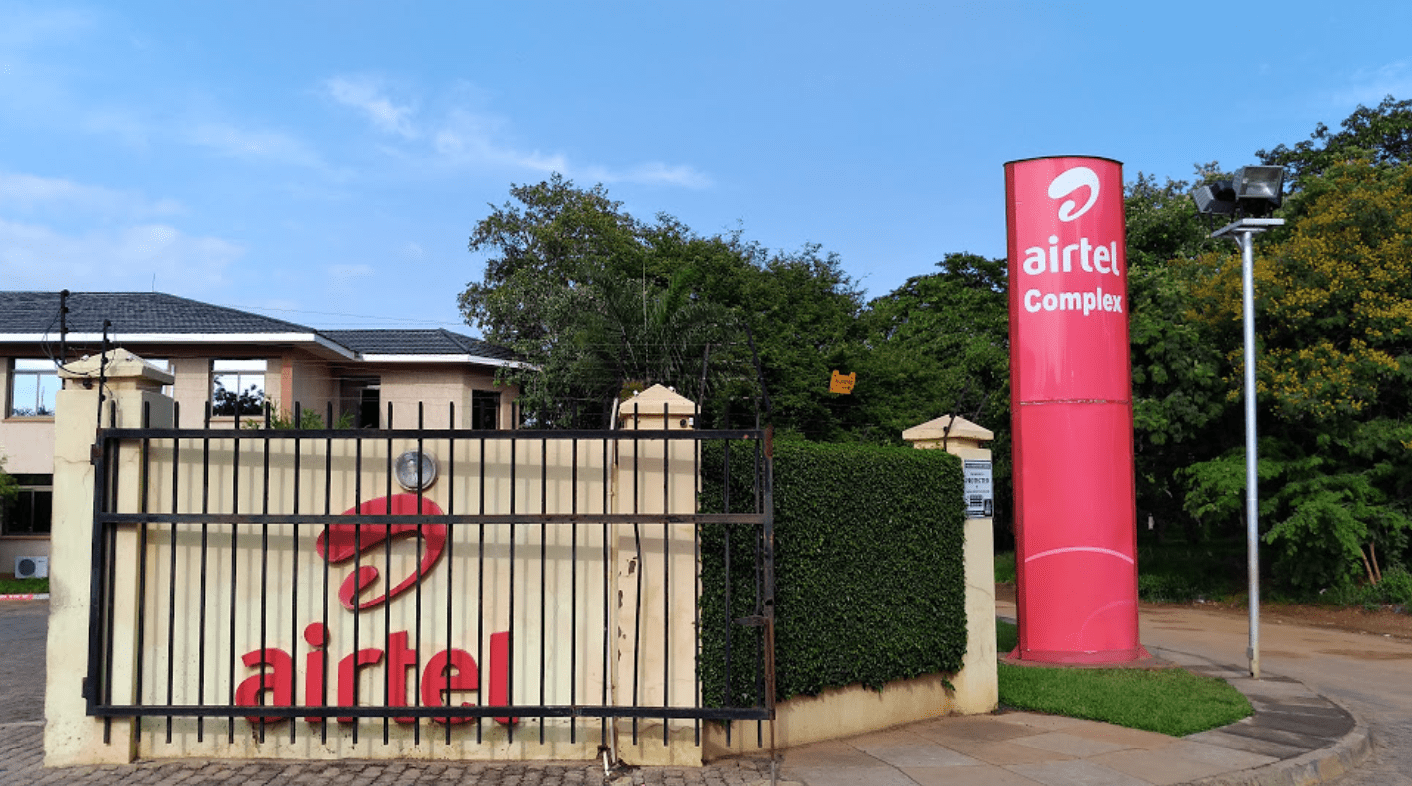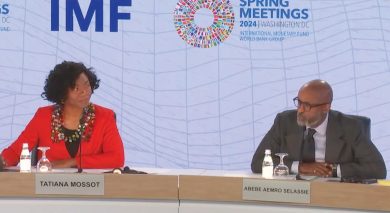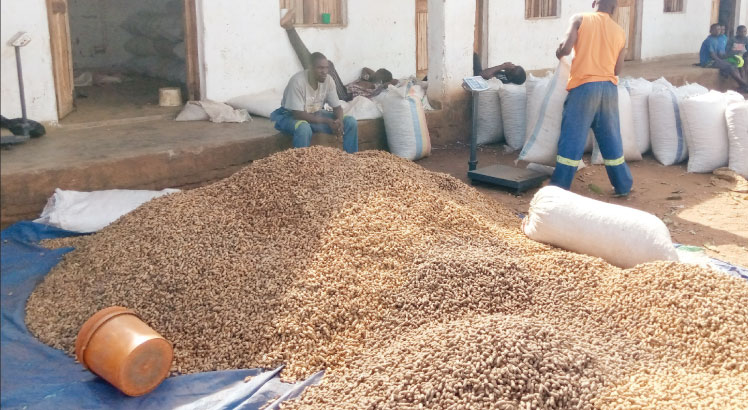‘Non-food items push up cost of living’
Malawians living in semi-urban areas will continue to spend more to earn a decent living despite the fall in general prices, economists have said.
While consumers expect to pay for less in the face of the declining inflation rate, now at 18.2 percent, majority of the urban dwellers will have to either adapt or adjust their spending habits.
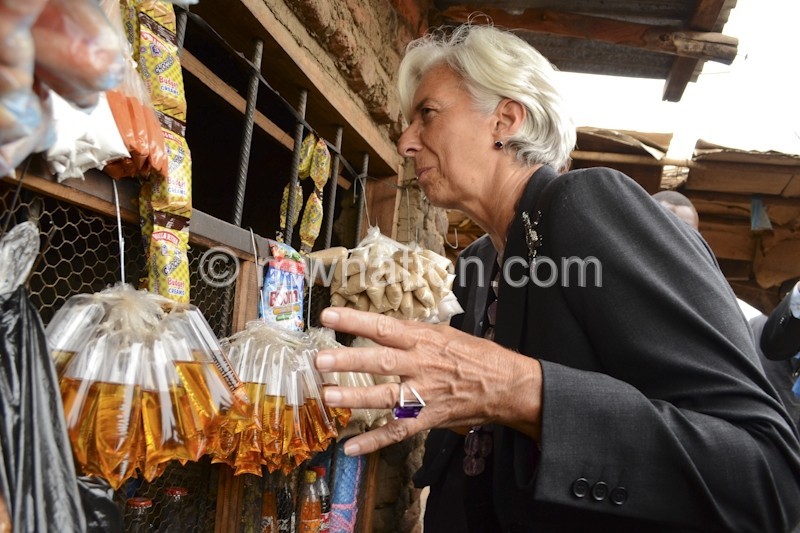
Such is the case with Stella Nkosi, a Blantyre-based mother of two, who has to give up on other basic necessities just to cope with the continued rising cost of living.
“Our earnings are far from the average cost of living being discussed here. Bu we must survive anyway. Even though it is difficult for us, we have to take two meals a day instead of three and we have suspended buying of new clothes and travelling.
“Even if we are going to town, we have to walk to a point where we will pay for less,” she says.
Jack Phiri’s ordeal is no different. Working as a security guard, the high cost of living has also worsened his predicament.
“My family now stays in the village doing farming while I work to find money for buying farm inputs. I barely eat a normal meal and it has been long since I bought a candle to light my house, let alone board a minibus,” he says.
Despite registering inflation trending downwards for the past months, the cost of living is on the upward spiral, according to latest figures from the Centre for Social Concern (CfSC). The figures show that the cost of living jumped by five percent between December and January, which means a family of six now requires K183 841 from K174 069 to survive.
According to CfSC, Blantyre has become the most expensive city to live in with cost of living at K205 579 trailed by Mangochi at K196 729 and then Lilongwe at K195 012.
On the other hand, the cost of living in Zomba is moderate at K184 934 while Mzuzu remains the most affordable city at K163 850.
However, data from CfSC indicate that while using electricity costs an average of K8 000 per month, charcoal costs an average of 19 000 per a month.
In an interview on Tuesday, head of economics department at Catholic University Gilbert Kachamba said prices of non-food items which are sticky downwards have largely contributed to the rising cost of living.
“This may be due to the non-food prices. These have a tendency of having prices which are sticky downwards. Services such as rent, interest rates will not respond to inflation rate in the short-term; hence, still experiencing high cost of living despite low inflation.
“This may be due to a time lag whereby the rate of inflation has been realised and not yet affect the market if we are to look at CPI [consumer price index]. Time will come when the cost of living will respond to the inflation rate if the downward inflation rate will be there for a longer period,” he said.
On his part, Chancellor College economics professor Ben Kaluwa argued that the basic needs basket of the urban populating goes beyond food, which in Malawi is mostly maize.
“Food in Malawi is the major contributor to inflation at 50.2 percent. However, maize constitutes over 70 percent of food. So, even though we have seen a decline in inflation rate, it is having little impact on bringing down the cost of living.
“Their [urban population] expenditure basket includes transportation, housing, energy and other utilities, which is reflected in the cost of living index. So, as long as the prices for these services remain on a high note, the cost of living will continue going up,” he said.
In an earlier interview, CFSC director Jos Kuppens said it would be good if the rising cost of living matched with levels of income, which is not the case at the moment.


